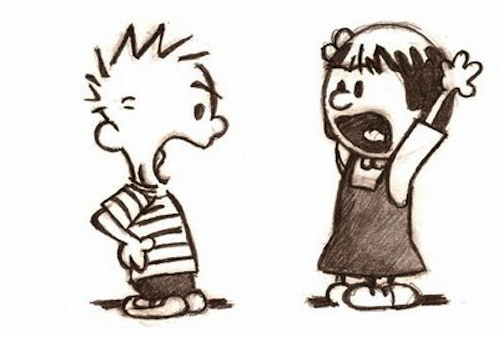This past week we were given the assignment, in our Technology for Educational Leaders class, to ferret out our district's technology plan and critique it. Now, I use the word "ferret" quite purposefully, because for all of us, it took a great deal of detective work to find something that should be widely known. Nowhere on the Abbotsford School District website can you find a tech plan. The only indication that something like it should exist is in the Strategic Plan, which - under the heading of Engaging Opportunities - states that one objective is to improve the ethical and innovative use of technology. However, no details for how this is to be achieved are given. One could also infer, given today's learning environments, that the effective use of technology would be embedded in the goal of excellence in teaching, within the Progressive Workforce.
Where is the transparency? We have spent a lot of time learning over the past two years about the importance of professional growth plans, both for ourselves as leaders and for the staff in our buildings. These are meant to be fluid documents, often alluded to, guiding our decisions and practices to ensure we stay focused. I like to think that the same mentality has underscored the building of Abbotsford's Strategic Plan, but while those directly involved in its creation may find it easy to access, the rest of the stakeholders - staff, parents, students - are left largely in the dark.
Thankfully, I know who to ask, so was able to access the Information Technology Centre's document outlining district procedures regarding hardware and software purchases, set-up, and use. In 2016, members of the IT department worked with an outside consultant to determine next steps for the district, including recommendations and projected benefits (such as cost savings, equality of access throughout the district, simplicity of servicing, etc.). I know, from my own observations in schools that many of these recommendations have been adopted and are being enacted. I just didn't expect it to be so difficult to find a public document outlining the plan, its goals, and our progress as a district.
Transparency and accountability are key elements to building trust and community buy-in. Considering the similar difficulty my cohort members from other districts had in tracking down this information, it seems that those elements of transparency and accountability can be a widespread challenge. The learning journey doesn't stop once a person reaches upper management, and as long as every person remains open to feedback from the community, growth and development - at a district, school, and personal level - will always continue.

